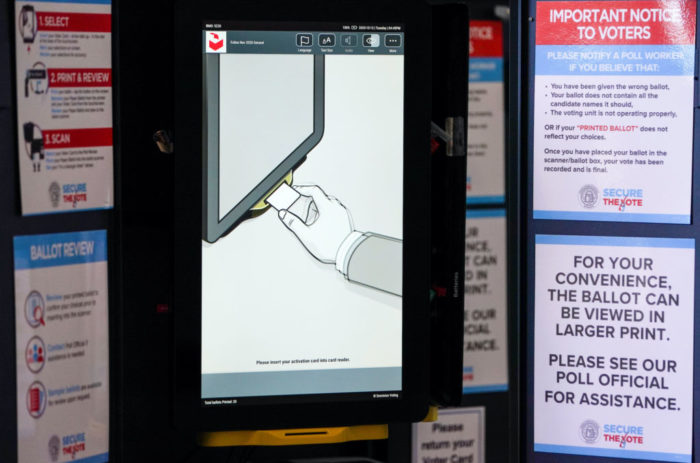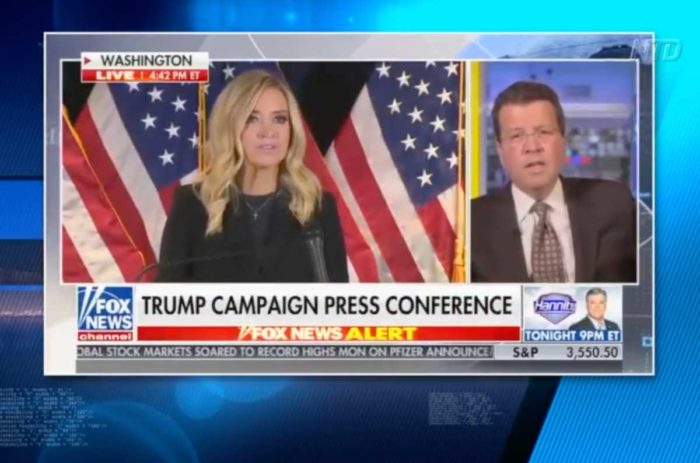redo Jump to...
print Print...
Directions
-Read the excerpt below from the "Best of the Web" post by OpinionJournal.com's editor James Taranto.
-Read "Types of Media Bias" in the right column. Then answer the question.
From a post by OpinionJournal.com’s editor James Taranto (original post date 2/9/12):
From the San Francisco Chronicle comes a subtler example of a reporter, Joe Garofoli, inserting his opinion into what is ostensibly a news story. The subject is the Obama administration’s abortifacient and sterilization mandate:
The battle is over how to frame this issue–as an example of a government mandate trampling on “religious liberty,” as conservatives believe, or as a health policy concern vital for women, as liberals contend.
Conservatives believe one thing, liberals contend another–that’s nicely balanced. But note that only “religious liberty” gets the scare quotes. Why aren’t they also around “health policy concern” or “vital”?
To accurately identify different types of bias, you should be aware of the issues of the day, and the liberal and conservative perspectives on each issue.
Types of Media Bias:Questions
1. What is the purpose of using scare quotes in news articles (what are scare quotes)?
2. What is the reporter’s opinion on this issue?
3. Why shouldn’t a reporter include his opinion in a news report?
Scroll down to the bottom of the page for the answers.
Answers
1. Scare quotes are a pair of quotation marks used to emphasize a word or phrase or to indicate its special status, especially to express doubt about its validity or to criticize its use.
2. The reporter agrees with liberals who believe the Obama administration’s abortifacient and sterilization mandate should be portrayed as a health policy concern vital for women.
3. A reporter shouldn’t include his opinion in a news report because the purpose of a news article is to inform the public, not attempt to influence public opinion.



